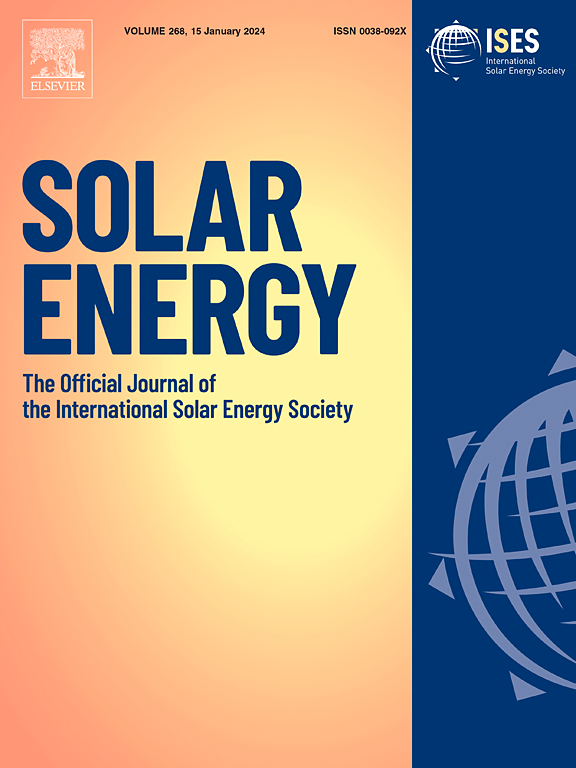Picosecond pulsed laser scribing of Cd2SnO4-based CdTe thin-film solar cells on flexible glass
IF 6
2区 工程技术
Q2 ENERGY & FUELS
引用次数: 0
Abstract
CdTe photovoltaic modules are the most commercially successful thin-film solar cells. In particular, flexible CdTe modules are a promising development in photovoltaic architecture. Cd2SnO4 (CTO) is a low-cost transparent conductive material with excellent optical and electrical properties. Although laser scribing is commonly used to produce cell interconnects in the manufacturing of thin-film PV modules, the laser scribing process window for CTO-based CdTe cells is narrow, and more research is needed on direct laser scribing of flexible CdTe solar cells. In this study, the picosecond pulsed laser scribing of CdTe solar cells with CTO front electrodes and flexible glass substrates was investigated using lasers with the wavelengths of 355 and 532 nm. The flexible cells were suctioned onto a working platform, and a direct ablation method was adopted. The damage and removal thresholds of the CTO, CdTe, and Ni layers were studied and the effects of the spot spacing, multilayer conditions, and laser polarization state were investigated. A method for determining the scribing parameters was proposed. Very smooth scribing grooves were obtained using the optimized laser scribing process. The series and shunt resistances of the cells after laser scribing showed no significant differences compared to those of the control cells.
在柔性玻璃上用皮秒脉冲激光刻划基于 Cd2SnO4 的碲化镉薄膜太阳能电池
碲化镉光伏组件是商业上最成功的薄膜太阳能电池。特别是,柔性碲化镉模块是光伏结构中一个很有前途的发展方向。Cd2SnO4(CTO)是一种低成本的透明导电材料,具有优异的光学和电气性能。虽然在薄膜光伏组件的制造过程中,激光划片通常用于生产电池互连器件,但基于 CTO 的碲化镉电池的激光划片工艺窗口较窄,因此需要对柔性碲化镉太阳能电池的直接激光划片进行更多研究。本研究使用波长分别为 355 和 532 nm 的激光器,研究了皮秒脉冲激光划片 CdTe 太阳能电池(带 CTO 前电极和柔性玻璃基板)。将柔性电池吸到工作平台上,采用直接烧蚀法。研究了 CTO、CdTe 和 Ni 层的损伤和去除阈值,并探讨了光斑间距、多层条件和激光偏振态的影响。提出了一种确定划线参数的方法。使用优化的激光划线工艺获得了非常平滑的划线沟槽。激光划线后电池的串联电阻和并联电阻与对照电池相比没有明显差异。
本文章由计算机程序翻译,如有差异,请以英文原文为准。
求助全文
约1分钟内获得全文
求助全文
来源期刊

Solar Energy
工程技术-能源与燃料
CiteScore
13.90
自引率
9.00%
发文量
0
审稿时长
47 days
期刊介绍:
Solar Energy welcomes manuscripts presenting information not previously published in journals on any aspect of solar energy research, development, application, measurement or policy. The term "solar energy" in this context includes the indirect uses such as wind energy and biomass
 求助内容:
求助内容: 应助结果提醒方式:
应助结果提醒方式:


